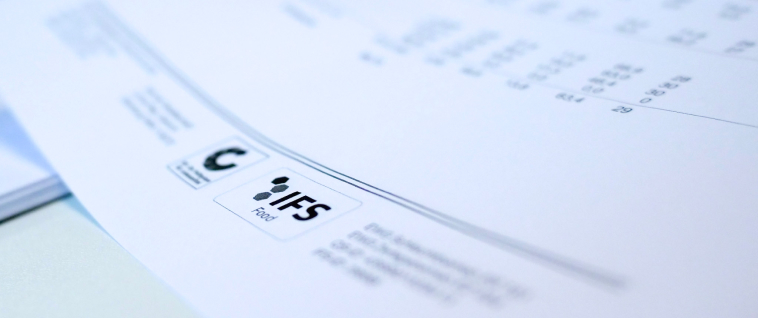Climate protection matters deeply to us. We are working to significantly reduce greenhouse gas emissions at our slaughterhouse in the coming years. At the same time, we are developing a CO₂ balance sheet for our company and our supply chain while, in a second step, significantly reducing the greenhouse gas emissions of our supply chain (pig farmers and feed producers). An energy management system was launched to achieve this.
Resources
Water: The slaughter and processing of pigs requires extensive amounts of water. Our slaughterhouse currently uses an average of 185 liters per animal. A large part of the water is used for the daily cleaning of the slaughterhouse and its facilities (about 70,000 liters daily). The truck washing plant requires just as much water. It is part of the legal obligation of every slaughterhouse to thoroughly clean animal transport trailers after delivery to prevent the spread of disease. Large amounts of water are also needed for the slaughterhouse’s cooling condensers in the summer (up to 50,000 liters)
About three quarters of the water we use comes from our own well, the rest from the municipal water supply network. We mechanically and chemically clean the water we use before it enters the sewage system (SDG 6: Clean water and sanitation facilities).
Energy: We also use gas and electricity as resources. Our combined heat and power plant, which runs on natural gas and generates around 400 KW of electricity and 500 KW of thermal energy daily, is particularly economical in terms of consumption. We purchase electricity, and heating oil is required for the truck wash. Our vehicle fleet runs mostly on diesel.
In addition, we produce waste from slaughtering, more than 90 percent of which is recycled in a biogas plant.




